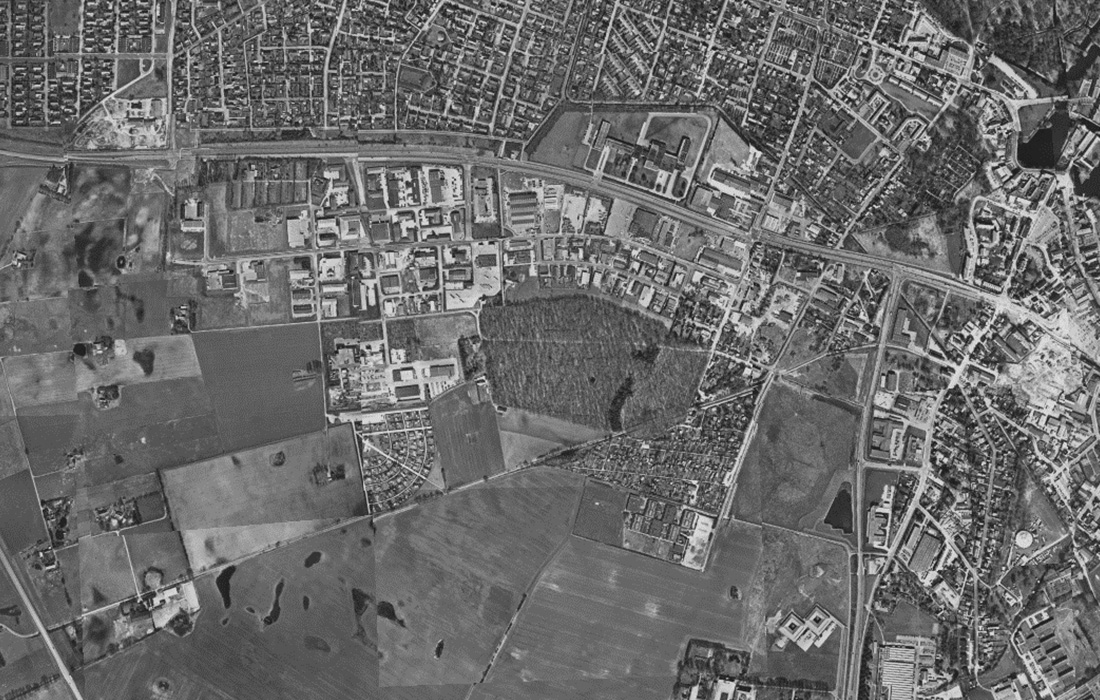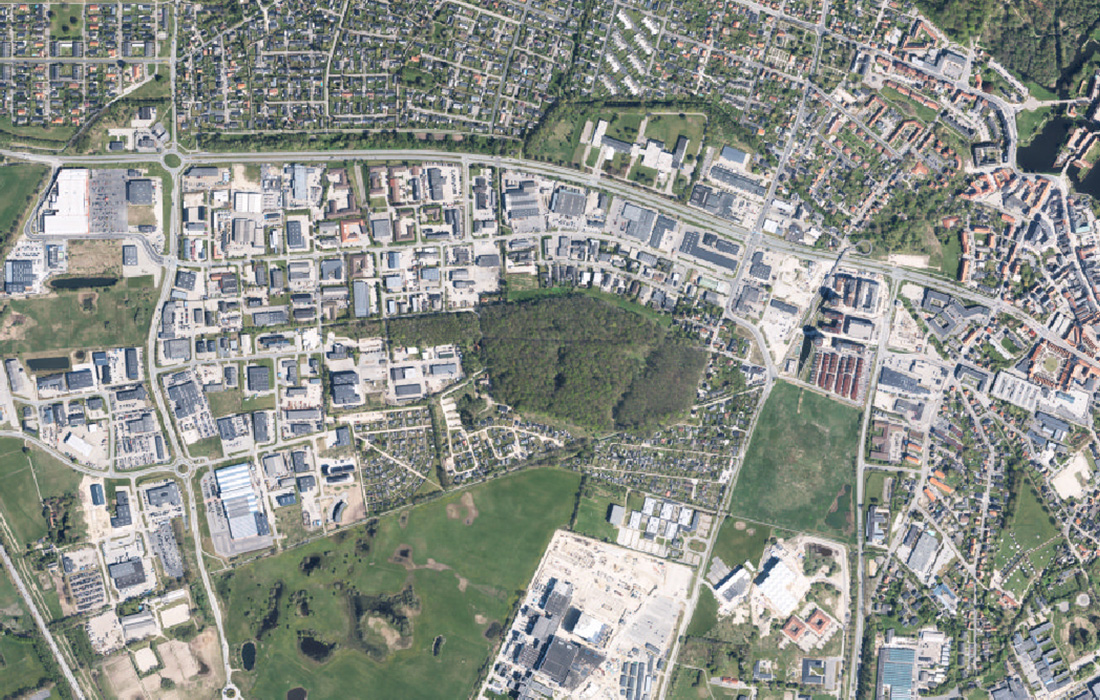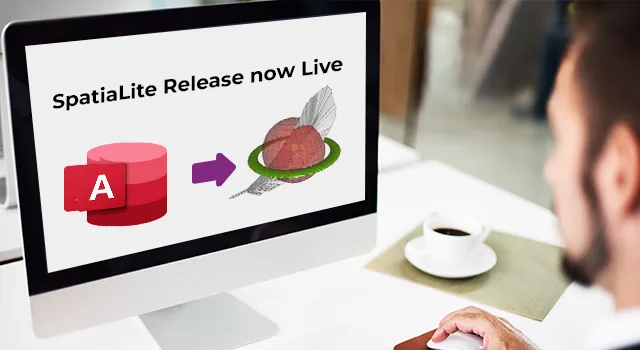Be smart
with your GIS data
GIS data represent a high value but in many organizations there are no plans, structures, or procedures on how to manage the GIS data and exploit the value.

I•GIS has for several years developed services, software solutions, best-practice workflows and tools to support our customers get the most out of their data.
Maximise the value of your
GIS data
At I•GIS we specialize in addressing our clients' challenges and often unique requirements. Beside our software solutions, we have years of experience with guidance and consultancy services from our GIS experts.
Our expertise extends to artificial intelligence, machine learning, and big data analytics. We excel in geological data management and have a long history of engaging in long-term research and development collaborations with leading research institutions, locally as well as around the world.
With a worldwide perspective, we approach product development and consultancy services with curiosity, deep expertise, and a commitment to innovative thinking.
I•GIS has a long history of offering scanning, digitizing, and geocoding of archival aerial photographs. This includes photos from 1925 up to the beginning of this millennium. It also includes unique aerial photo series from 1945 that covers the entire country of Denmark, created by the allied troops after World War II.
Our expertise in this field of work also involves FlyFotosDK, a collaboration that combines over half a million photographs into a single solution.


Our GIS services & solutions
FlyFotosDK
FlyFotosDK offers more than 1.200 unique historical aircraft photo series spanning through most of the 20th century.
Over half a million historical images are part of our database. They can be used in a wide range of projects within e.g., nature protection, environmental protection, urban development and much more. The historical images can be accessed through solutions meeting individual needs. You can get the historical images as composite mosaics, either through WMS', a QGIS PlugIn or through a modern WebGIS platform, where you can sort the series on decade and scale.
FlyFotosDK is a collaboration between I·GIS and JO Informatik. Together, a nation-wide access to a unique historical database is created, which cannot be found anywhere else for comparison.
Scanning & digitizing
We offer archival aerial photo scanning, digitization, and georeferencing services.
This includes sorting and handling of original photo archives, high-resolution scanning from negative rolls or paper prints, whether the photos are in black and white or in colors.
The georeferencing ensures that the same geographical location is displayed on different digital maps. Thus, it can be used by different authorities for handling nature, environmental, and construction cases.
We offer two georeferencing services which differs in precision, time and thus expenses. The first provides a high-decent precision with a low time usage, whereas the other provides an even higher precision for better results, but this approach is more time consuming.
Hosting by I•Archive
Access to the digital archival aerial photos offers a solution to meet individual needs.
You can obtain historical images as composite mosaics either through a WMS to be used in the client's of existing GIS solutions or through our modern WebGIS platform.
In the WebGIS you can easily sort the series by geography and easily switch between multiple series.
The photos will be showcased in a composite mosaic, that allows the individual photo to be highlighted, giving the best user experience.
Customers have 24/7 access to their aerial photographs through our online server and the delivered WMS service.
Stereo mosaic
We offer the creation of stereo maps (3D) based on the historical aerial images.
A stereo mosaic allow the user to see the historical elevation differences, dating back to the time of the recording. This unique feature can be used in connection with historical mapping of stone or earthen embankment, kettle holes, archaeological features, gravel pits, or similar features.
Further, it tells the story of how the landscape have evolved and changed from the time of the recording to present day and can play an important factor in historical mapping of sand dune movements.
Our optimized workflow ensures that a georeferenced stereoscopic mosaic can be delivered through a WMS within a short time period.










